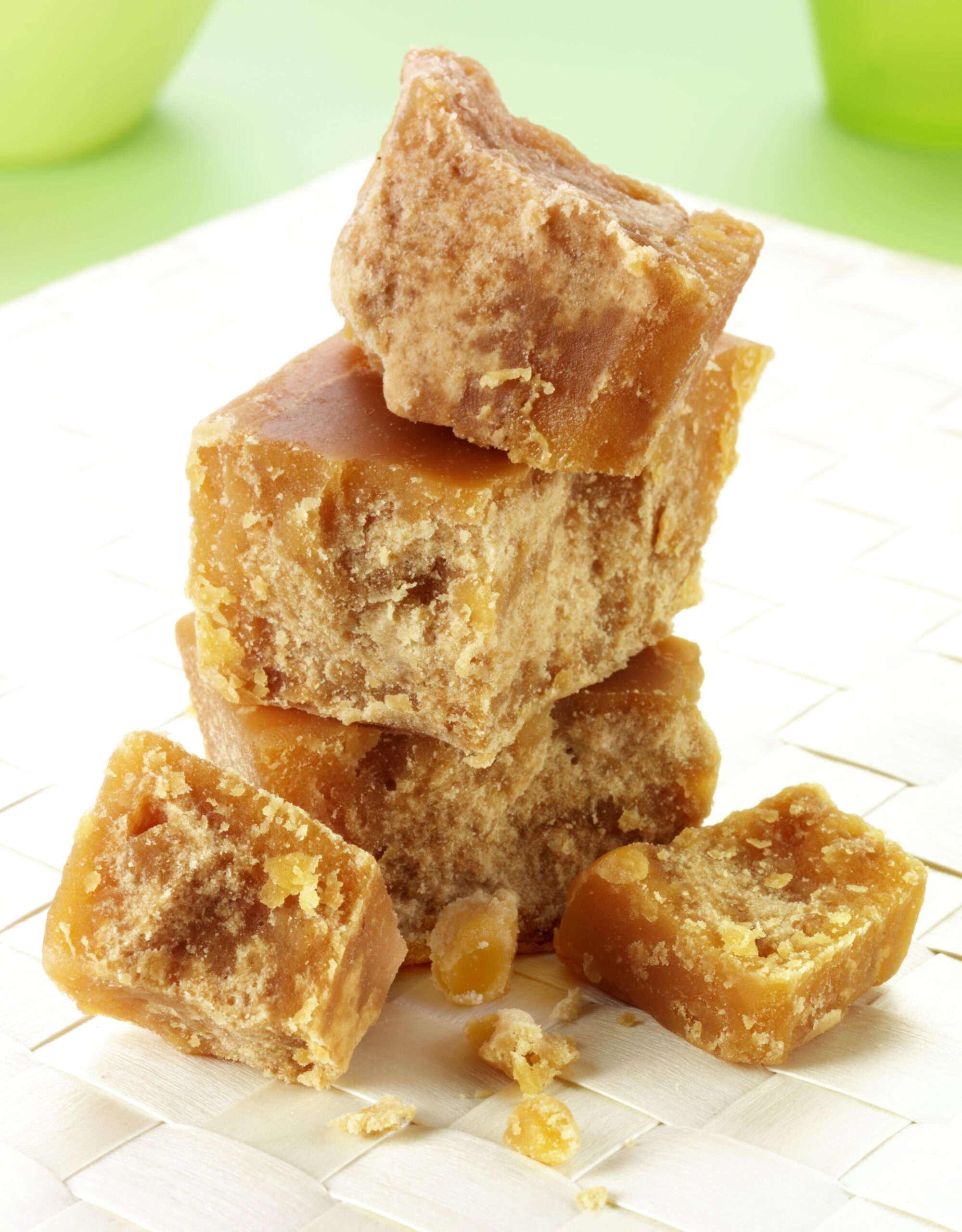
Long before white sugar took over, jaggery was doing the job. It doesn’t look fancy, but that rich, golden chunk hiding in your cupboard is jaggery—a sweetener with real history.
Made by boiling sugarcane juice or palm sap until it thickens and solidifies, jaggery has been used across South Asia for centuries—not just as a sweetener, but in festive cooking, traditional medicine, and even temple rituals. Its roots trace back to ancient food traditions that valued flavor, balance, and nourishment over pure sweetness.
It’s not just “natural sugar” - it brings flavor, depth, and a bit of heritage to whatever it touches, from tea and sweets to lentils and snacks.
So, what makes jaggery so loved? Let’s dig in.
What Exactly Is Jaggery?
Jaggery is an unrefined sweetener made by boiling raw sugarcane juice or date palm sap until it thickens and solidifies. Unlike white sugar, it’s not processed with chemicals, which means it keeps more of its natural minerals and flavor.
It comes in blocks, powders, or sticky lumps - each with its own shade of gold or deep brown depending on the source and how it’s made.
Jaggery isn’t just a sugar alternative. It’s a tradition, a pantry staple, and for many - comfort food.
How Is It Made?
Jaggery is made from sugarcane or date palm sap, but the process is a world apart from refined sugar.
It starts with boiling the fresh juice in large, open pans over wood-fired stoves. As it simmers, impurities rise to the top and are skimmed off. What’s left is a thick, dark syrup that’s poured into molds or trays to cool and solidify.
No chemicals, no bleaching—just slow cooking and old-school technique. That’s what gives jaggery its deep color, earthy flavor, and nutrient edge.

Jaggery vs Sugar: Not All Sweeteners Are Created Equal
At first glance, jaggery and white sugar might seem like cousins—both sweet, both made from sugarcane. But the way they’re made (and what they leave behind) sets them worlds apart.
Jaggery is unrefined. It’s simply sugarcane juice boiled and cooled, which means it retains trace minerals like iron, potassium, and calcium. That’s why it’s often seen as the “better” sweetener, especially in traditional medicine and home remedies.
White sugar, on the other hand, goes through heavy refining and chemical bleaching. The result? Pure sweetness, but stripped of all nutritional value.
In simple terms:
Sugar is empty calories. Jaggery brings something to the table.
Of course, both need moderation—but if you’re looking for a sweetener that’s a little more wholesome, jaggery wins this round.
What It Tastes Like
Jaggery isn’t just sweet—it’s deeply sweet. Think caramel, toffee, and molasses all rolled into one. It has a warm, earthy richness with notes of smoke or spice, depending on how it’s made.
Unlike white sugar’s one-dimensional sweetness, jaggery brings character. It lingers on the tongue, adds body to dishes, and gives desserts a rustic edge that refined sugar just can’t match.


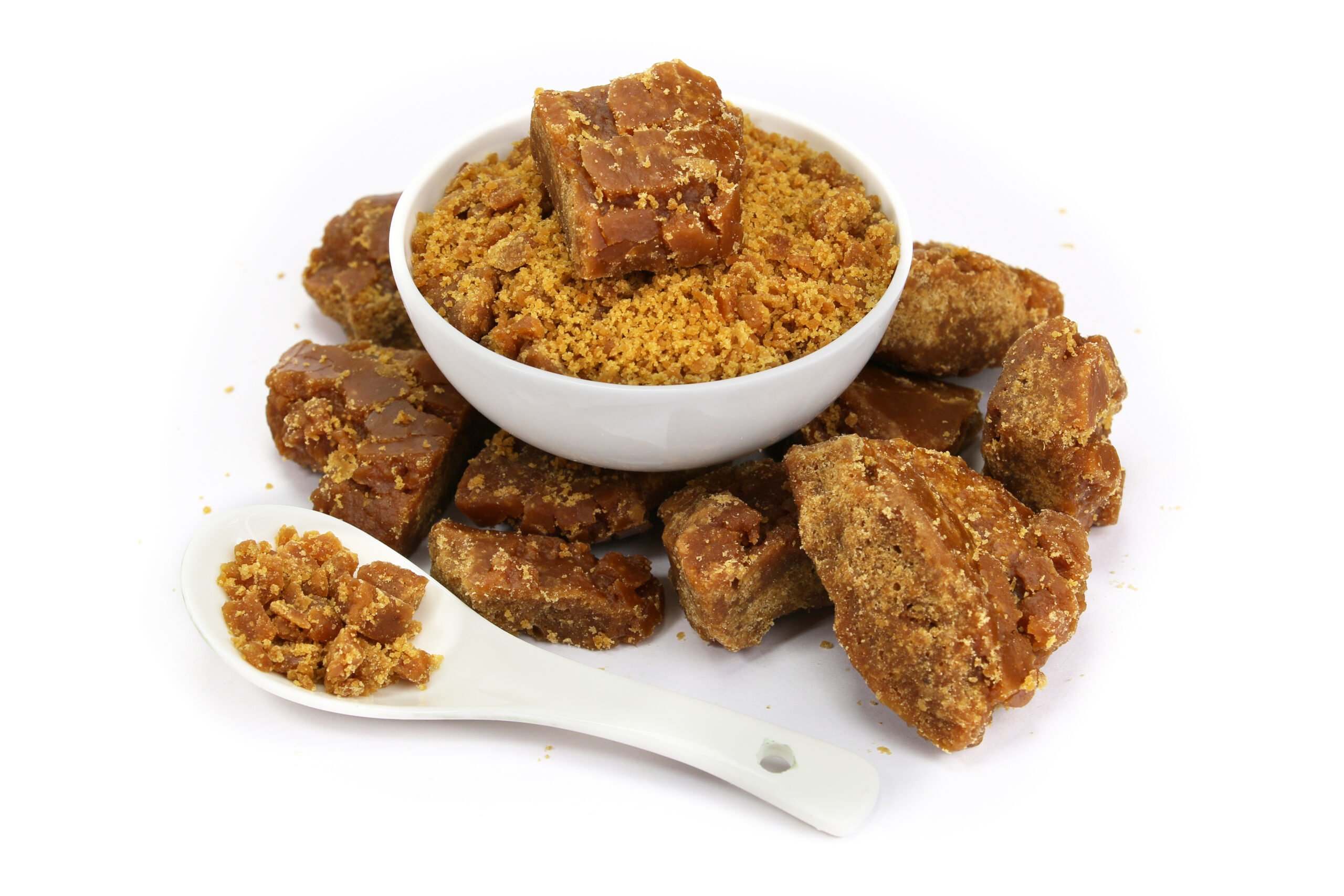
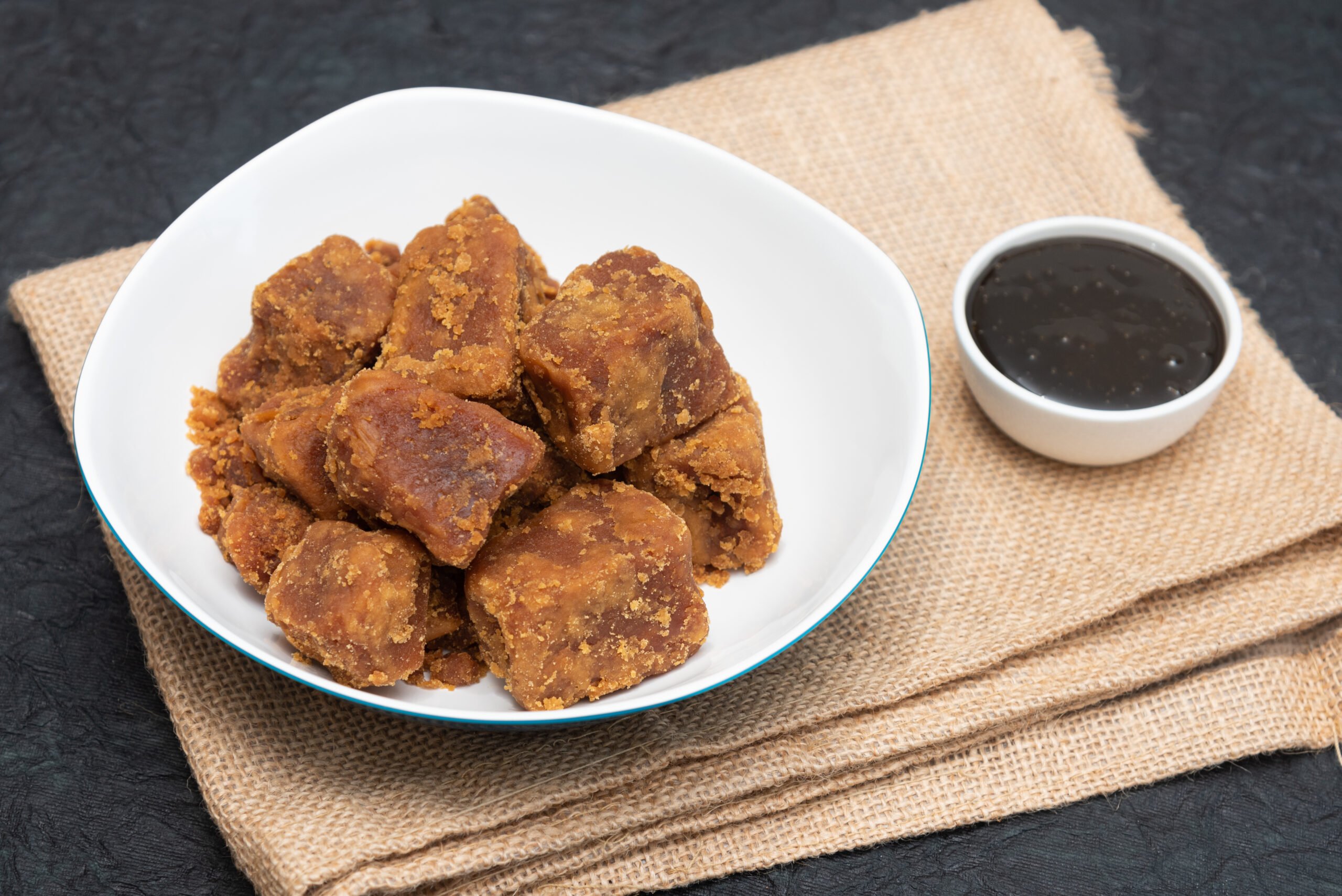
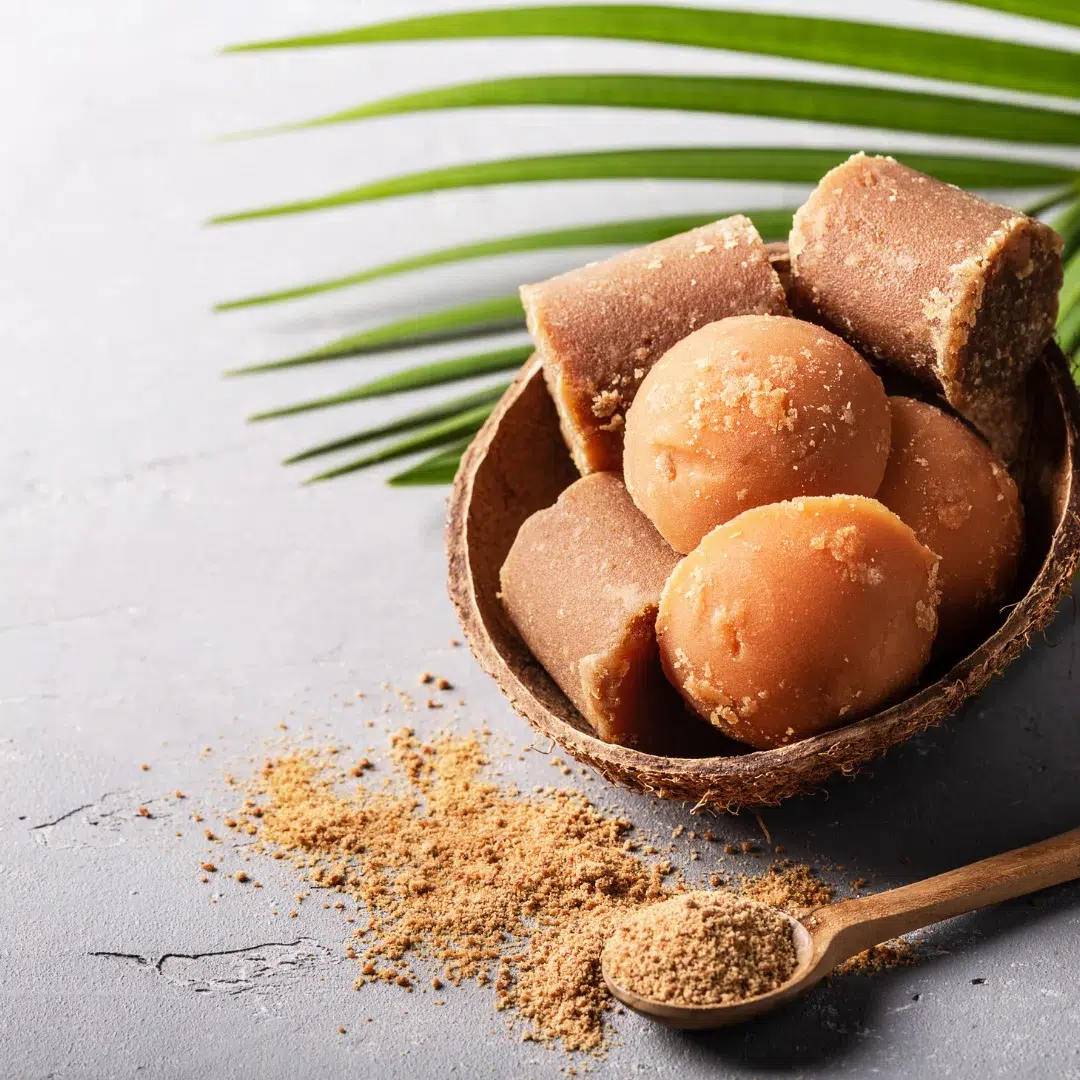
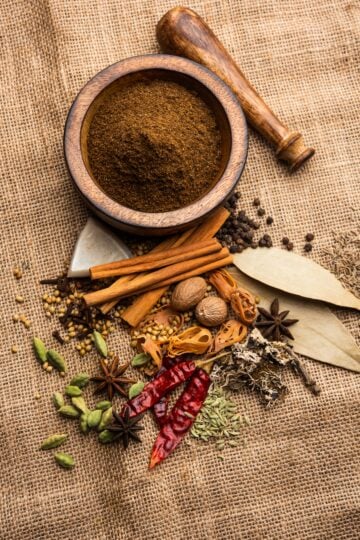
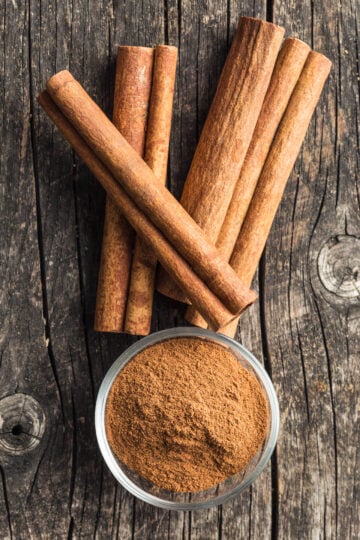
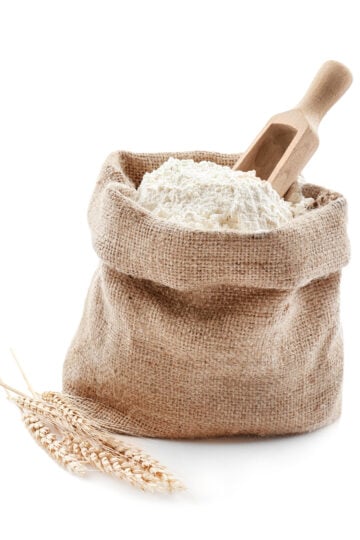
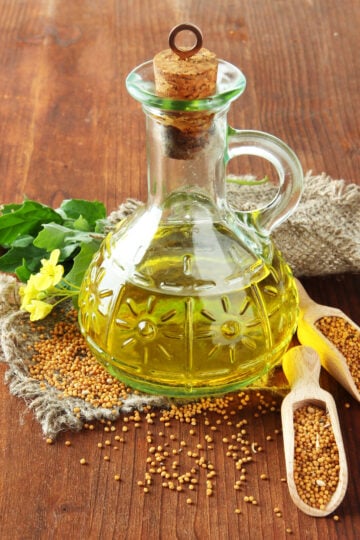
Have a question or something to share? Leave a comment below!